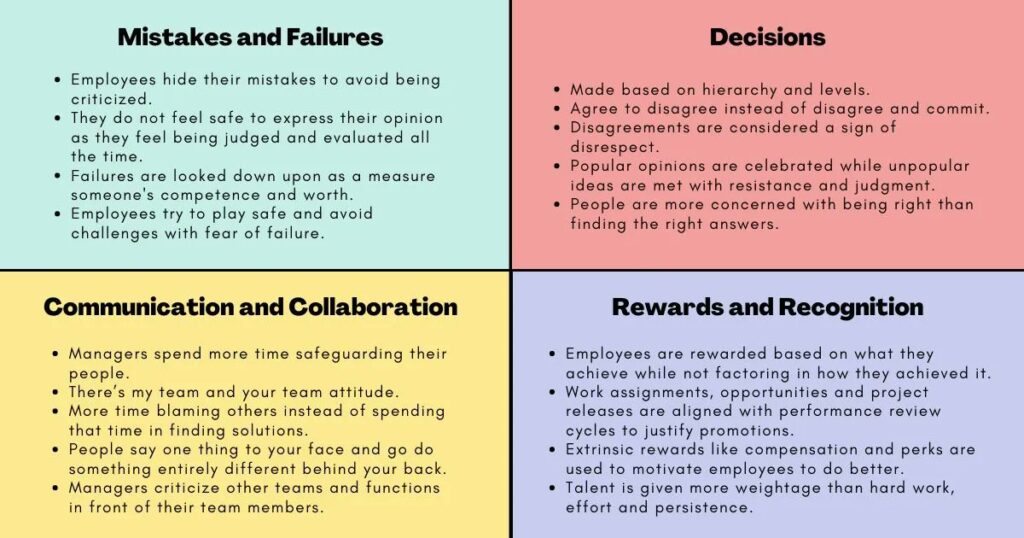Any discussion of “culture” begins with a clear definition. I like this one.
“Culture is a way of coping with the world by defining it in detail.” – Malcolm Bradbury.
On a basic level, “culture” is the cumulative deposit of knowledge, experience, values, attitudes, and behaviors acquired and activated by a group of people. From an organizational perspective, it becomes the complex set of principle characteristics by which operational success, growth and accountability are both measured and shared.
Those include:
- Core Values
- Processes
- Leadership
- Communication
- Behavior
- Expectations
Let’s break them down.
Core Values: These are the foundation of any organization. Without them, there is no sense of direction, no accountability and most importantly, no way to course correct when people veer off course. Every member of the team, from the visionary leader to the newest hire, should be able to describe the organization’s core values and explain how they help guide their path to success.
Processes: It doesn’t matter what you call them; policies, procedures, standards or practices, every organization needs a roadmap to govern how it conducts “business.” Well-defined processes – regularly communicated and restructured as needed – facilitate adherence to standards and expectations on “how we do things,” boosting efficiency and removing uncertainty.
Leadership: The approach and behavior of leaders and managers set the tone for everyone else. It is the single-most influencers of organizational culture, so consistent, transparent, and productive decision-making are non-negotiable. Team members want flexibility, room to grow and are more likely to “buy in” to directive and change when their voices have been heard in the process.
Communication: Nobel Prize-winning playwright George Bernard Shaw got it right when he famously quipped: “the single biggest problem in communication is the illusion that it has taken place.” According to Gallup research, only 13% of employees strongly agree their organization’s leadership communicates effectively, citing inconsistent and unclear messaging and limited feedback opportunities as leading contributors to culture apathy, silos, and conflicts.
Behavior: Consistent work ethic, professional conduct, and teamwork are non-negotiable, top-to-bottom and across the board. When inconsistencies and exceptions are accepted, or worse, excused, team cohesion goes out the window and apathy walks through the door. As an example:

Expectations: Setting organizational expectations and alignment would seem to be a no-brainer, but again, a study by Gallup shows that half of all U.S. employees don’t know what’s expected of them at work. Shaped by both communication from leadership and contributions from employees, expectations evolve over time and can be intentionally cultivated through deliberate actions and strategies to boost higher engagement, satisfaction, and overall organizational success.
Once you define your company culture, live in it. Affirm your core values. Set the tone for others to follow. Keep expectations clear. Be honest, accountable, and encouraging.
It’s simply good business.



